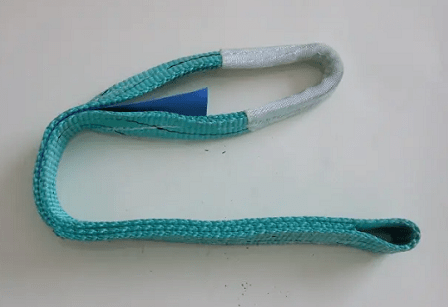The lifting belt has excellent hoisting capacity. The hoisting capacity mentioned here is not only the load capacity of the hoisting belt, but also can cope with most hoisting operations, even the hoisting of large trucks. You may think that it is not very difficult to lift large trucks, because we often see that lifting belts are used to lift dozens or even hundreds of tons of wind turbines. In fact, there is a certain difference between the two.

Large tonnage does not necessarily make hoisting difficult. The reason is very simple. As long as there is enough strength and the crane has enough kinetic energy output, the hoisting of large tonnage is not as difficult as expected. The difficulty lies in how to use the hoisting belt to connect with the hoisting target and ensure a balance. Some weights can be directly connected to the fixed point, while some weights need to be covered without a fixed point.
Lifting trucks with lifting belts is faced with this problem. Without a balanced fixed point, it is necessary to use lifting belts to cover the bottom of trucks. However, it is difficult for a single sling to play a balancing role, so a special weaving process will be adopted for the sling at this time. The flat lifting belt will be woven into a grid shape by using special auxiliary tools. It can also be covered with canvas to form a non leakage lifting network. It is strong and light.
After such treatment, the lifting belt seems to have become a large lifting net. In this way, there is no need to worry about the balance when lifting the truck. This is the special use of the lifting belt in the process of truck lifting. It uses a more novel weaving process, so that it can be used more.